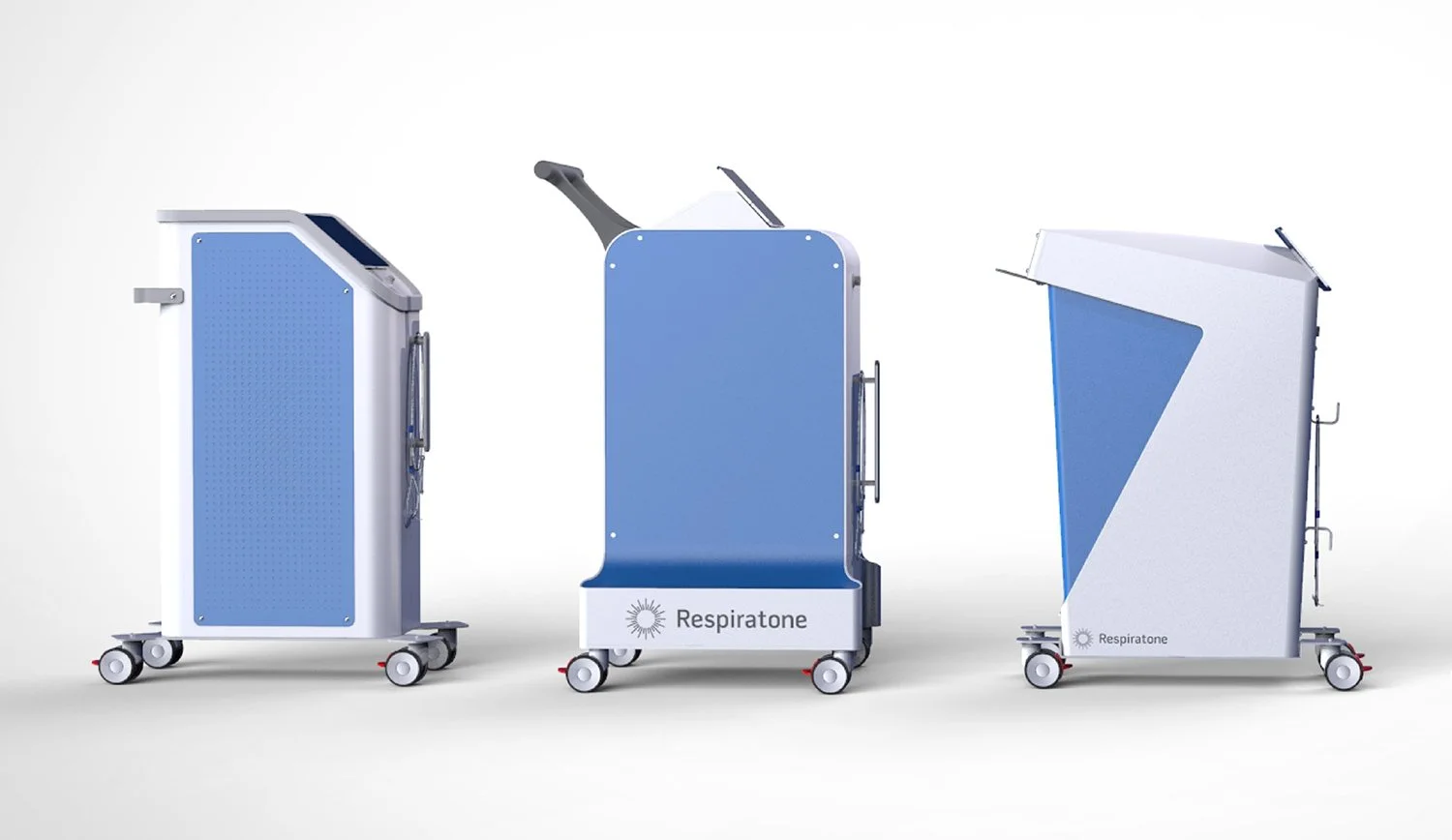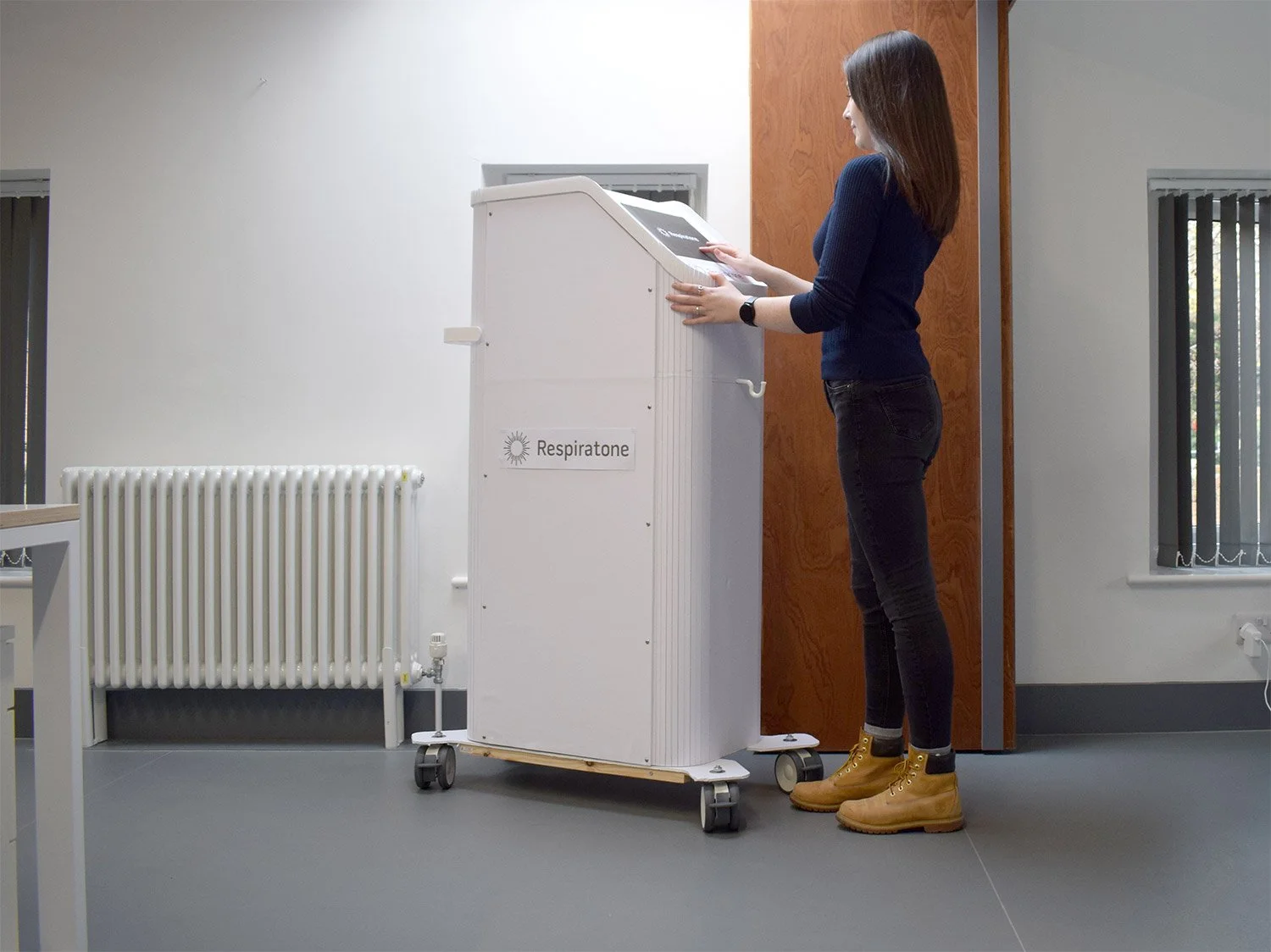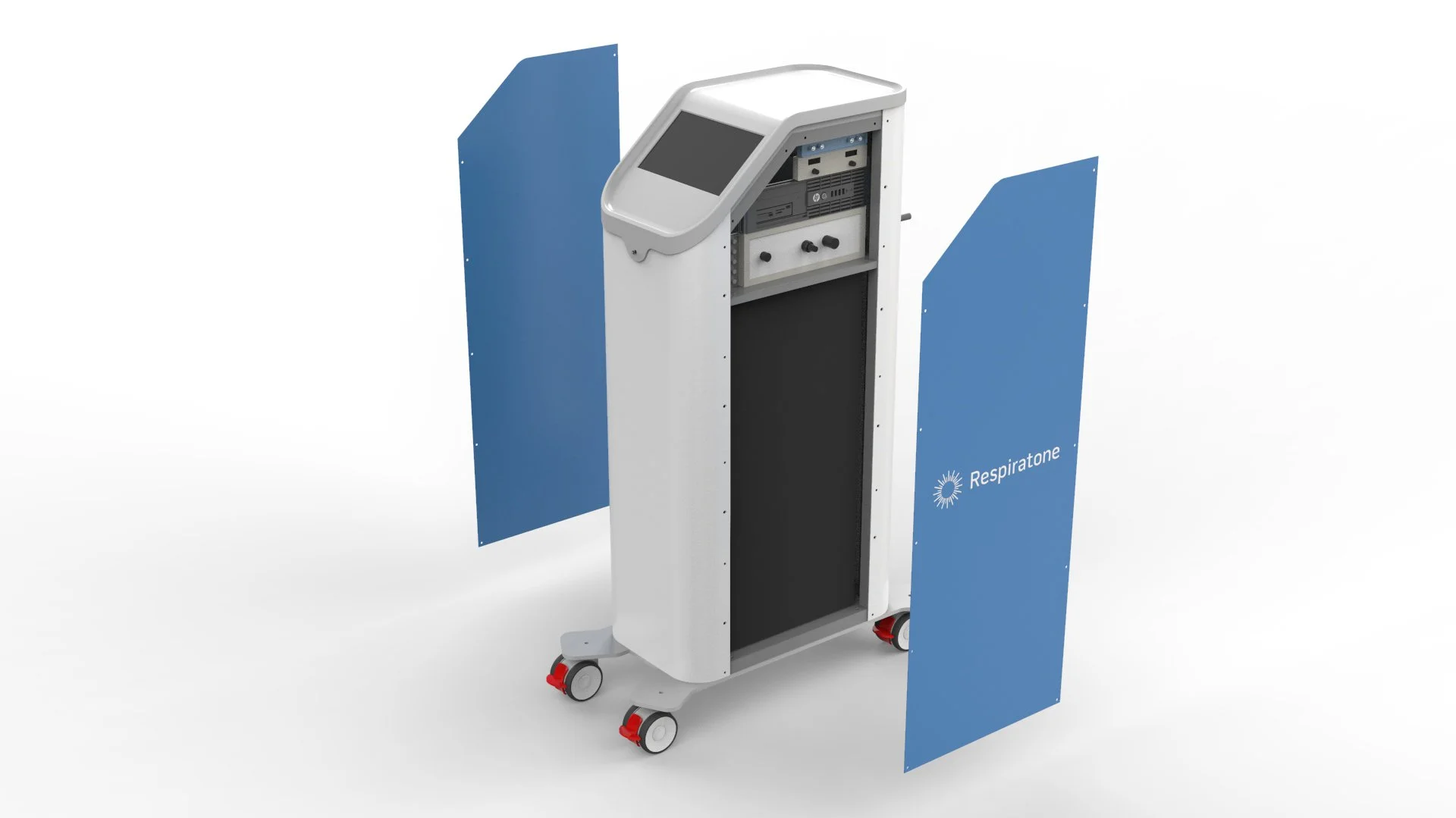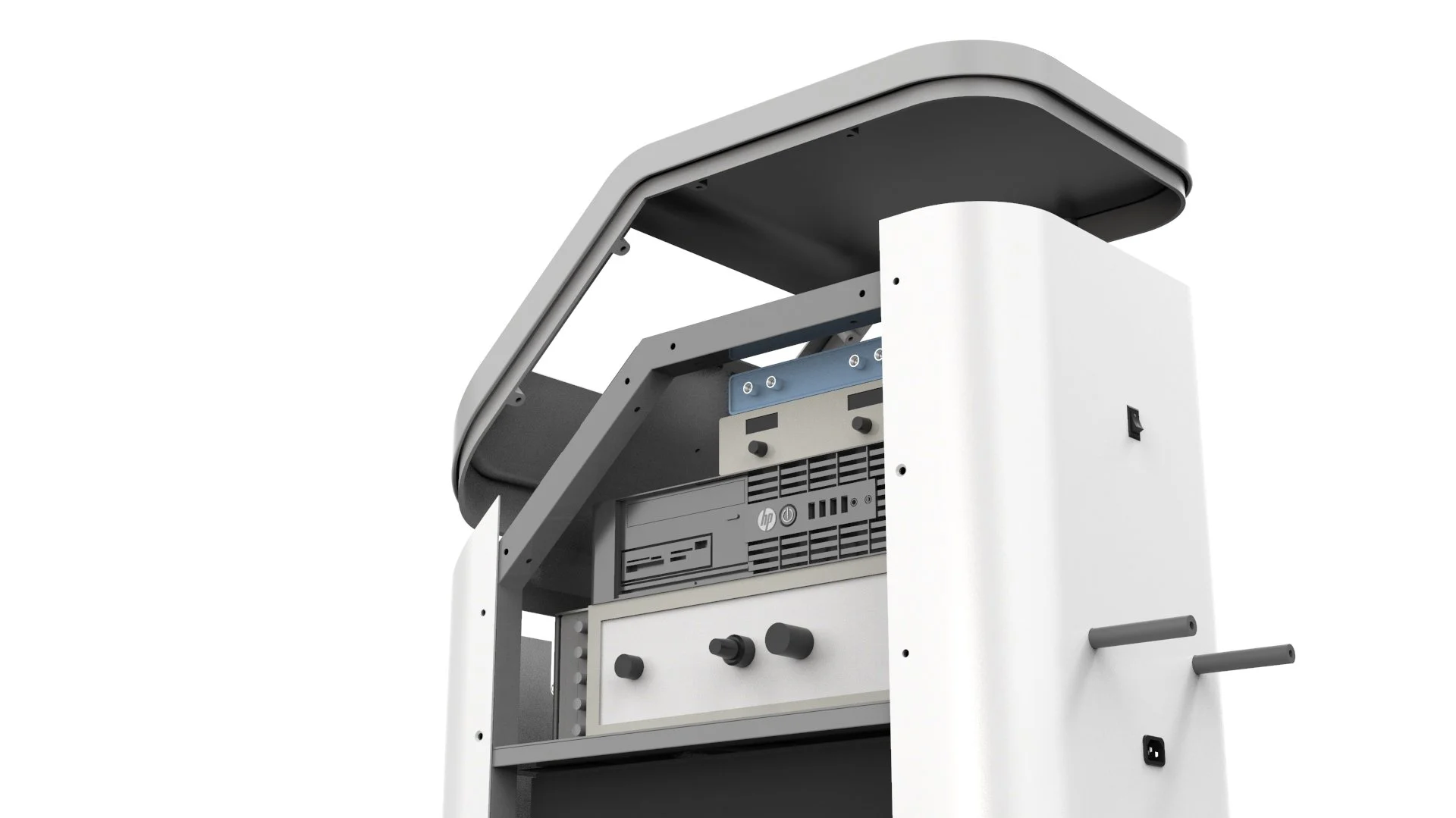Durham University
Developing the Respiratone into a more viable medical product
Impact: xxxxx
Brief
To transform a first-of-its-kind academic prototype that detects metabolic imbalance (via breath acetone) into a credible, clinician-friendly medical product—one that could win over key opinion leaders and attract investment.
Services
Reverse Engineering, Concept Development, CAD
Deliverables
Reverse Engineering, Concept Development, CAD





“Pd-m understands research and understands how academics come up with good ideas. They can then take those ideas and show that there is a pathway to commercialisation. It is great to be guided along that path by professionals that know what they are talking about. And the fact that they can make something look really attractive must mean that they are good designers first and foremost.”
Case Study
An academic team led by Dr David Carty, Associate Professor at Durham University’s Joint Quantum Centre, created a device that detects metabolic imbalance by measuring acetone in human breath. When fat is metabolised, ketones, including acetone, are produced and expelled via urine, sweat, and the lungs. The aptly named Respiratone is a fully integrated, mobile device that can analyse breath acetone on the go.
The University had already proven the science with a fully functioning prototype using laser technology, but, as a first-of-its-kind, it was an industrial setup. To secure clinical champions and investment, it needed to evolve into a viable medical product.
Our Approach
We began by reverse-engineering the University’s rig, taking detailed measurements of every component and rebuilding it as a basic CAD model. This let us rapidly explore how size, shape and layout could work in practice. From a user perspective we considered monitor angle and visibility, handle position for manoeuvrability, cannula storage, and removable maintenance panels to simplify servicing.
Reverse Engineering to Perfect Fit
We progressed through several CAD iterations, developing the chassis and refining the mounting strategy for internal components. Two goals guided every change: reduce space and improve accessibility. Each loop informed how the unit should be assembled and how emerging medical device regulations would be addressed as the design matured.
Full-scale evaluation during lockdown
With VR demos off the table during lockdown, we created a 1:1 foamboard/wood model and shared it with the client for hands-on evaluation. Seeing the product at full scale unlocked fast decisions: reduce the overall height, adjust proportions, and modify the chassis for better service access and user interaction.
We then fabricated a proof-of-concept metal chassis and sent it to the Durham team as a working framework to mount their internal components. Feedback from this integration step flowed straight back into a revised design, tightening the architecture and simplifying assembly.
The result
This project shifted the programme from an academic theme to something both clinically and commercially focused, while giving the University first-hand experience of the product design process and the value it brings. By involving the team from the start, their insights were captured and changes implemented quickly.
